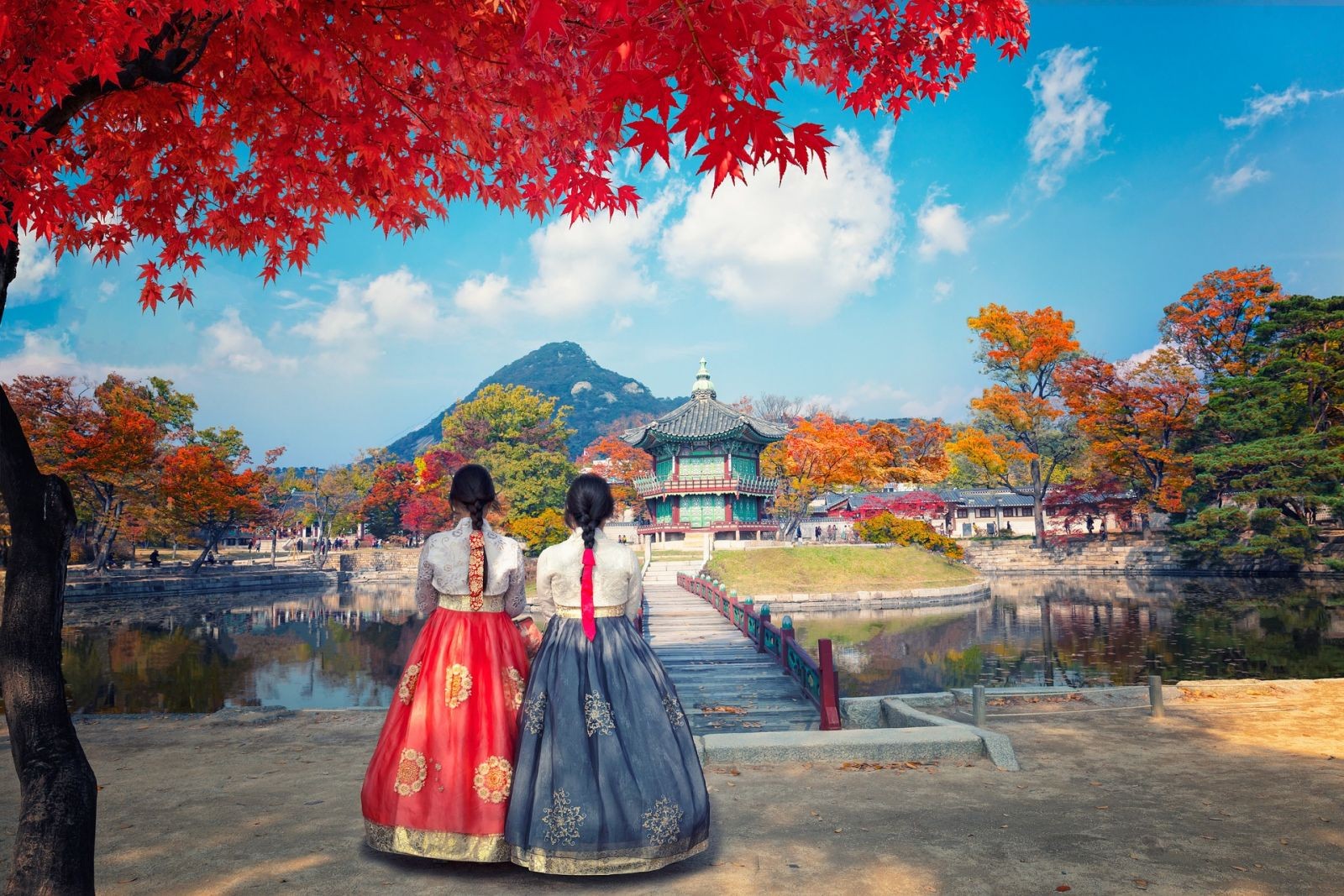Korea’s history and culture are attracting cultural adventurers. The compelling blend of historic history and modern innovation makes South Korea a global tourism leader. Visas and entry procedures may make international travel difficult. South Korea’s rich culture is easy to explore with the Korea Electronic Travel Authorization (K-ETA).
Making Travel Easy with K-ETA
Korea Electronic Travel Authorization (K-ETA) simplifies international travel for foreigners. This computerized travel permission system lets eligible tourists enter South Korea with a few clicks. This simple procedure contrasts with lengthy visa applications requiring extensive papers and long wait periods.
Convenience and Efficiency
K-ETA reduces international travel stress and uncertainty by allowing online authorization and approval in minutes. This efficiency helps tourists concentrate on planning and enjoying Korea’s exhilarating experiences, from Seoul’s vibrant streets to eating great Korean cuisine and learning about its rich culture and history.
Tourism and Hospitality Promotion
K-ETA makes travel easier and displays South Korea’s commitment to overseas tourists. K-ETA eases access to South Korea’s beauty and friendliness.
Food Adventures
Visitors like Korean cuisine as their first cultural encounter. Korean food is substantial and well-prepared, reflecting its heritage. Kimchi, bulgogi, and bibimbap are available at local stores and restaurants. Local chefs teach visitors about the history and significance of each dish in cooking sessions. This entire experience provides Korean items, procedures, and cuisine.
Traditional Markets and Local Communications
Touring the country’s cities draws visitors to its historic markets. Korean markets provide street cuisine and handicrafts. These marketplaces let visitors try cuisine, talk with local craftspeople, and locate hidden jewels in the maze alleys. By lowering access barriers, the K-ETA encourages spontaneous and beneficial cultural encounters between inhabitants and visitors.
Travellers may explore Korea’s rich culture via architecture. Seoul’s Bukchon Hanok Village shows visitors Hanok life. The charming wooden buildings with tiled roofs and elegant interiors represent the lifestyle, social order, and aesthetics of their time. Now keta lets individuals visit such areas, enhancing their Korean cultural knowledge.
Celebrate cultural events
Korean culture relies on festivals. The nation has colorful celebrations for harvests, historical events, and more. International visitors visit the Boryeong Mud Festival, Gwangju Biennale, and Jeonju Bibimbap Festival to experience local culture. K-ETA streamlines these activities and helps travellers connect with local people and cultures, enhancing their visits and promoting cultural awareness.
Historical Views
In Korea, history aficionados hear ancient tales. Seoul palaces Gyeongbokgung and Changdeokgung show Joseon Dynasty heritage. These majestic palaces tell the tales of kings and queens, while beautiful gardens show how Korean culture blends nature and architecture. Exploring these sites with K-ETA’s simplicity will increase your Korean historical knowledge.
Spiritual Experiences
Koreans revere spirituality and have temples and shrines. Jogyesa Temple and Beomeosa Temple provide serene Korean Zen Buddhism and Shamanistic traditions. Meditation and temple stays help travellers unwind from their busy routines. The K-ETA approach simplifies meaningful experiences for cultural healing, growth, and connection.
Conclusion
K-ETA has transformed foreigners’ perceptions of South Korea’s rich culture. It attracts cultural travellers wanting to see the country by streamlining admittance. From exquisite cuisine and traditional markets to historical architecture, festivals, and art, Korea’s culture is more accessible than ever. You may explore, connect, and experience the beauty and complexity of this thriving nation’s heritage once K-ETA unlocks these cultural gems. K-ETA’s impact on South Korean tourism illustrates how technology may aid cultural exploration of a diverse and historically rich society.







